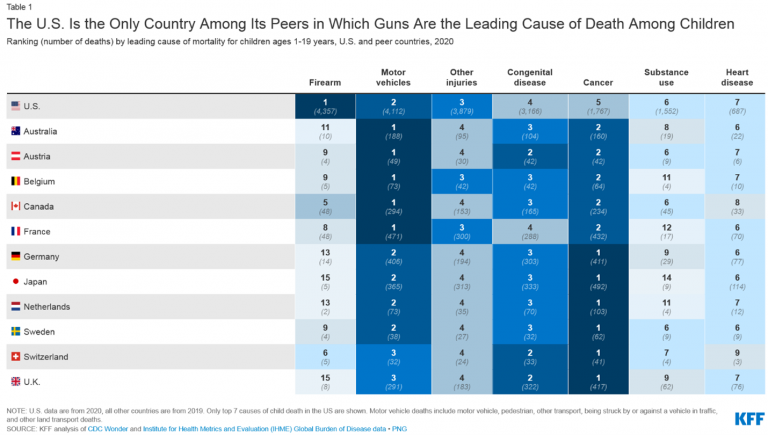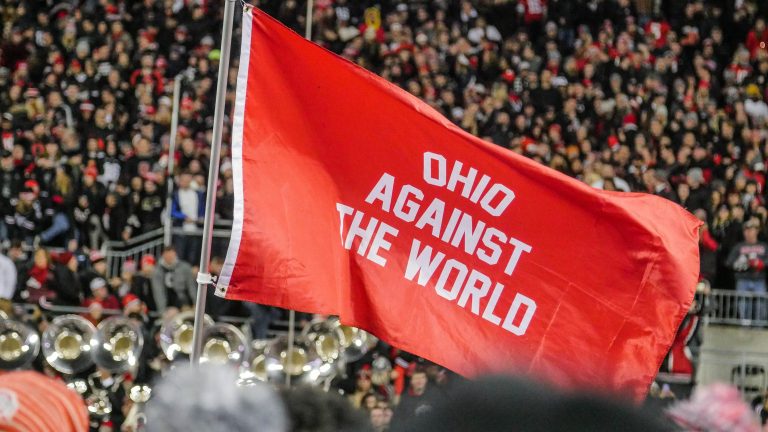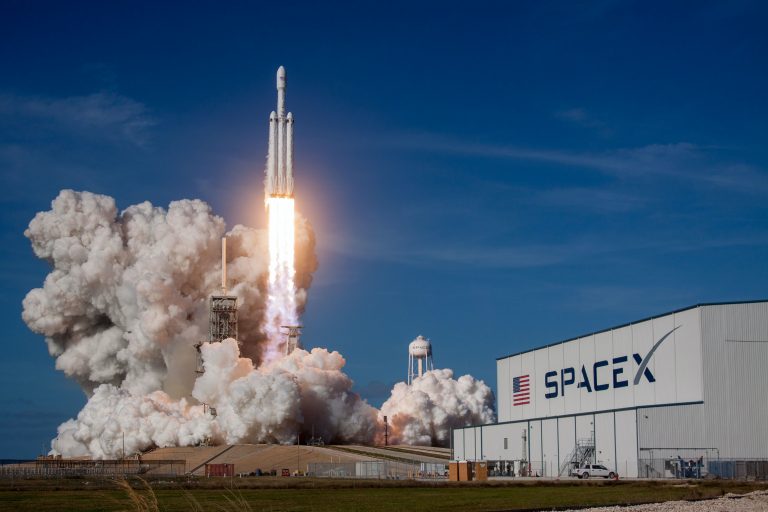Food & Wine: “The Craft-Fishing Revolution Is Here, Now”
Food and Wine “The Craft-Fishing Revolution is Here, How” by Rowan Jacobsen
Introduction: You probably don’t expect to learn much about economics in Food & Wine magazine, but here is a great story about the “craft fishing” industry. It includes economic concepts such as “catch shares” (to decrease overfishing), economies of scale, and product differentiation and improving quality to move a market from perfect competition to monopolistic competition. It details how one fisherman has worked to change the supply chain to a direct-to-consumer model that provides the consumer (restaurants) with higher quality fish that they can sell to discerning diners at higher prices, and also helps the fishermen ensure adequate compensation for their efforts.
Discussion Questions:
- The last decade or two has seen the rise of the “craft beer” industry, dramatically increasing the quality and variety of beer available. What other products have similarly undergone improvements in quality and variety?
- The direct-to-consumer model for food has also been attempted by companies such as Plated, Blue Apron, and Hello Fresh, which send boxes containing the precise ingredients for multiple meals that are often locally sourced, resulting in less waste and possibly lower transportation costs. Suppose this model becomes much more popular in the near future, so that everyone eats food more locally grown. What are some of the costs and benefits of this change in consumer behavior?
- Aside from trying to improve product quality (in this case by increasing freshness of the catch), what other ways do companies try to differentiate their products from their competitors’ offerings?
- The kinds of economies of scale mentioned in fishing typically exist in the agriculture industry overall, from corn to chicken, and play a significant role in the fact that the percentage of household income spent on food has fallen significantly in the last century. What percentage of household income would you guess was spent on food in 1900 vs. 2000 (this website has details). Discuss how price, quantity, and quality may be affected by economies of scale.













